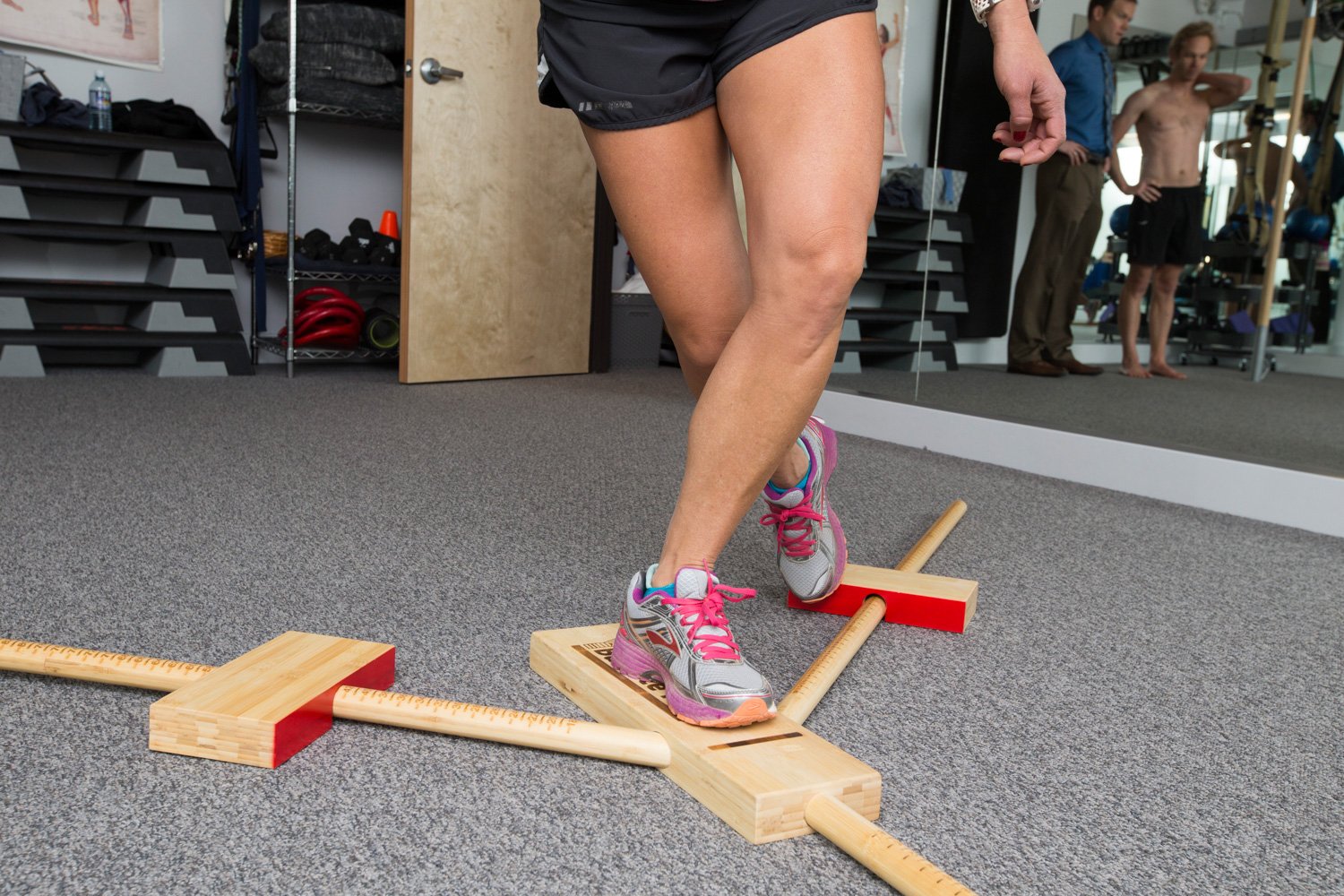After a sports injury it is normal to feel apprehension or concern about re injury when returning to practice or competition. In our Boulder Physical Therapy practice, our Physical Therapists utilize objective tests to quantify strength, power, and function asymmetries following an injury or surgery to ensure a patient is ready to return to their sport with the lowest possible risk of re injury.
What are objective performance tests?
Objective performance tests quantify functional asymmetries during rehabilitation to determine the status of the injured limb in comparison to both the uninjured limb and normative data matched for athlete sex and age. Performance tests can be individualized based on patient goals, sport, level of competition and severity of injury.
Why should you perform objective performance tests prior to returning to sport?
The research consistently tells us that strength, power, and movement pattern asymmetries put an athlete at a higher re injury risk.
Below are examples of measurable risk factors:
· Quadriceps Strength Asymmetry >10%
· Quadriceps to Hamstring Group Ratio <85%
· Hop Test Battery Asymmetry >15%
· Anterior Reach Y Balance (Single Leg Squat Quantification) Asymmetry >4cm
What will I gain from return to sport performance testing?
Quantifying one’s strength, power, and functional performance can help patients measure their healing progress over time, determine areas to further focus training, and provide psychological reassurance when returning to sport.
Click Here to schedule your return to sport testing with the experts at MEND
Citations:
1. Grindem H, Snyder-Mackler L, Moksnes H, Engebretsen L, Risberg MA. Simple decision rules can reduce reinjury risk by 84% after ACL reconstruction: the Delaware-Oslo ACL cohort study. Br J Sports Med. 2016 Jul;50(13):804-8
2. Gonell AC, Romero JA, Soler LM. RELATIONSHIP BETWEEN THE Y BALANCE TEST SCORES AND SOFT TISSUE INJURY INCIDENCE IN A SOCCER TEAM. Int J Sports Phys Ther. 2015;10(7):955-966.
3. Hewett TE, Di Stasi SL, Myer GD. Current concepts for injury prevention in athletes after anterior cruciate ligament reconstruction. Am J Sports Med. 2013;41(1):216-224. doi:10.1177/0363546512459638
4. Kyritsis P, Bahr R, Landreau P, Miladi R, Witvrouw E. Likelihood of ACL graft rupture: not meeting six clinical discharge criteria before return to sport is associated with a four times greater risk of rupture. Br J Sports Med. 2016 Aug;50(15):946-51. doi: 10.1136/bjsports-2015-095908. Epub 2016 May 23. PMID: 27215935.

